Last week, North Korea test-fired for the first time a solid-fuel intercontinental ballistic missile, a mobile, hard-to-detect weapon that could target the United States.
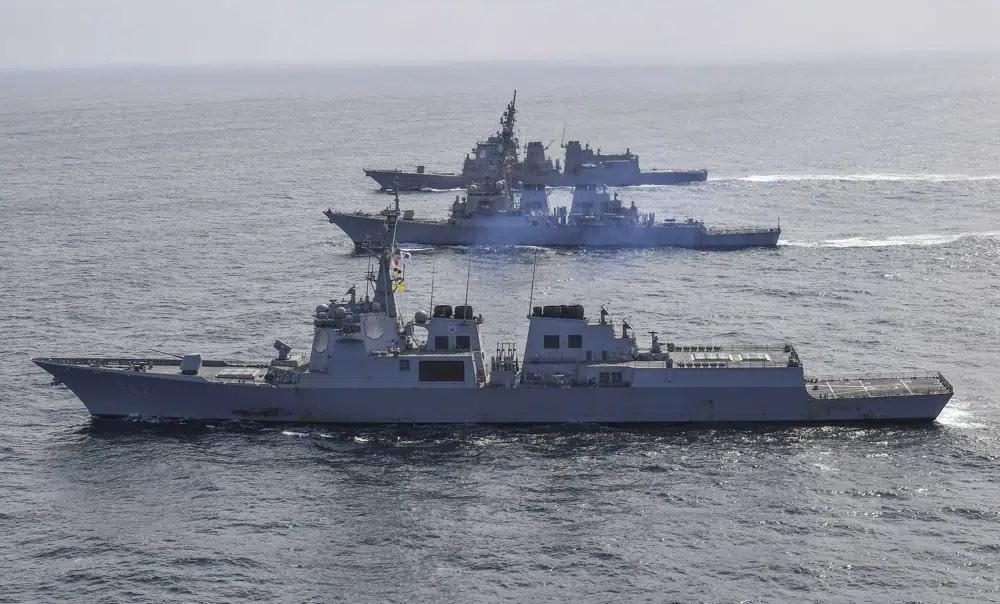
Destroyers from the South Korean, US and Japanese navies during a joint exercise in international waters east of the Korean Peninsula on April 17, 2023. Photo: AP
The South Korean Navy shared that the trilateral exercise, which took place in international waters off its east coast, focused on mastering methods to detect, track and share information about North Korea's ballistic missiles. The day-long naval exercise involved one Aegis destroyer from each country.
"The aim of the exercise is to improve response capabilities against ballistic missiles and enhance the ability to conduct joint operations as North Korea's nuclear and missile threats continue to escalate," Jang Do-young, a spokesman for the South Korean navy, said at a press briefing.
The US and South Korea also conducted separate bilateral exercises on Monday involving about 110 warplanes, including advanced F-35 fighter jets, which will continue until April 28.
The two exercises could trigger a belligerent response from North Korea, which views US military exercises with its Asian allies as rehearsals for invasion. Late Monday, Ri Pyong Chol, the North Korean military’s top general, warned that the US should “immediately stop its provocations.”
Japan's Joint Chiefs of Staff also stressed the need to strengthen trilateral cooperation as "the security environment surrounding Japan has become increasingly severe" due to North Korea's missile activities.
A South Korean navy ship fired warning shots on Saturday to repel a North Korean patrol boat that crossed the two countries' disputed maritime border.
Binh Duong (according to AP)
Source






















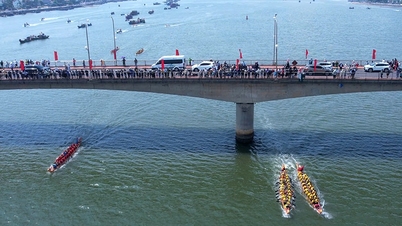

















































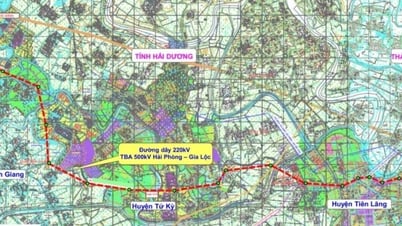

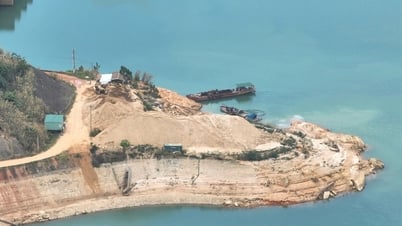















![[OCOP REVIEW] Tu Duyen Syrup - The essence of herbs from the mountains and forests of Nhu Thanh](https://vphoto.vietnam.vn/thumb/402x226/vietnam/resource/IMAGE/2025/6/5/58ca32fce4ec44039e444fbfae7e75ec)





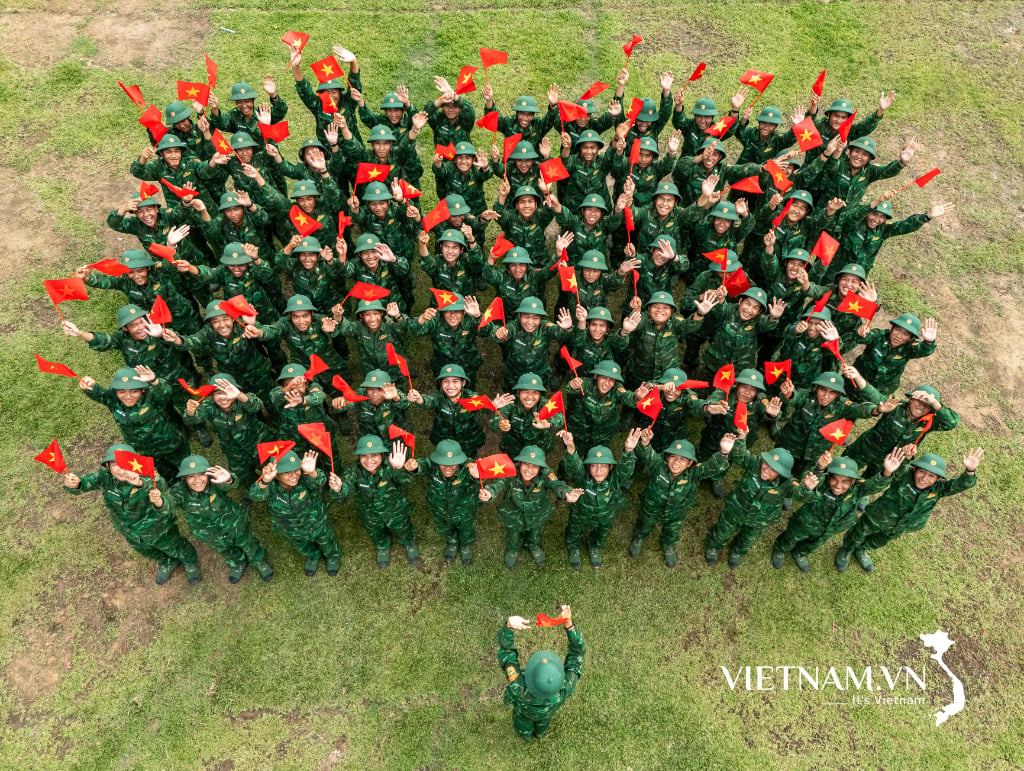

Comment (0)